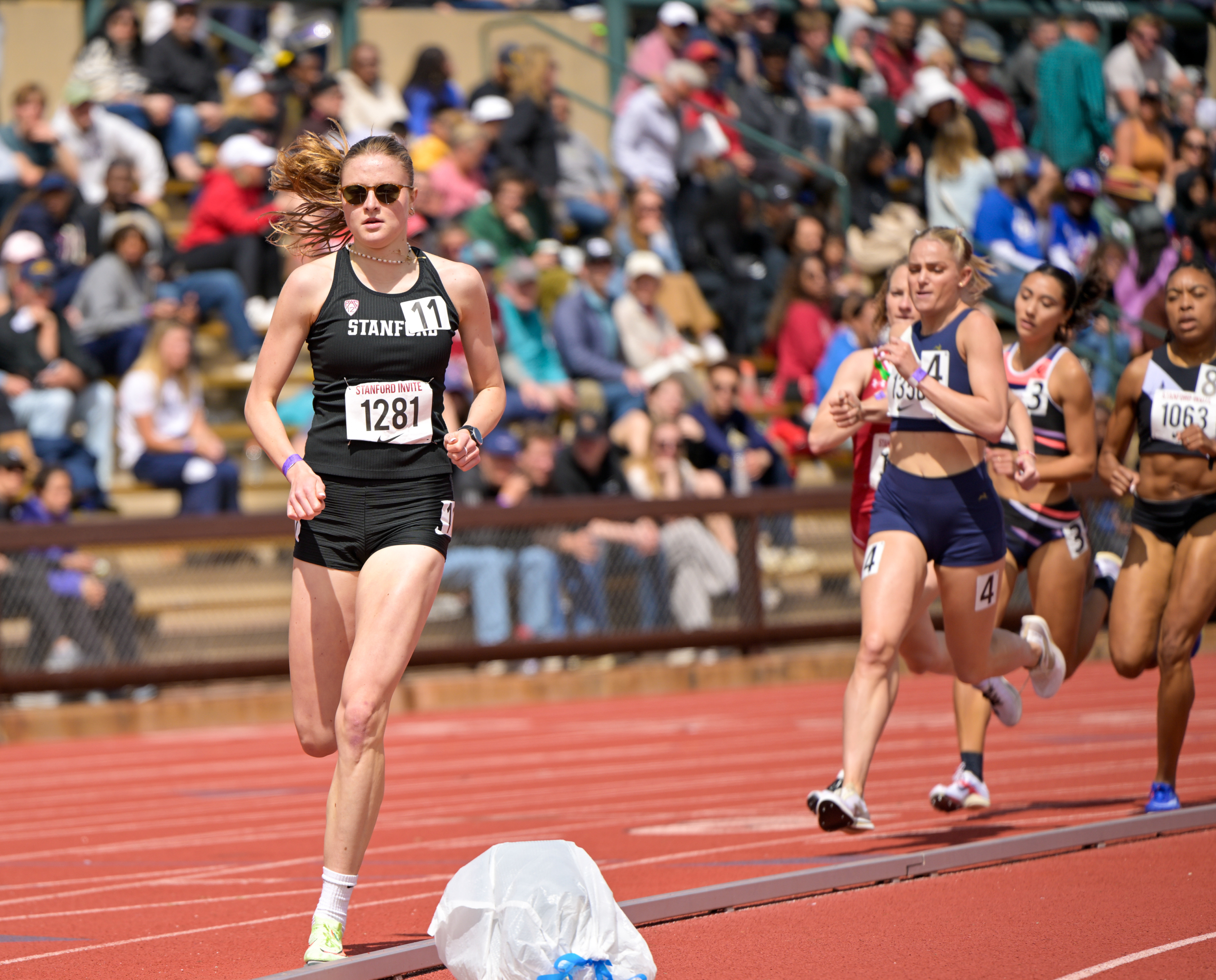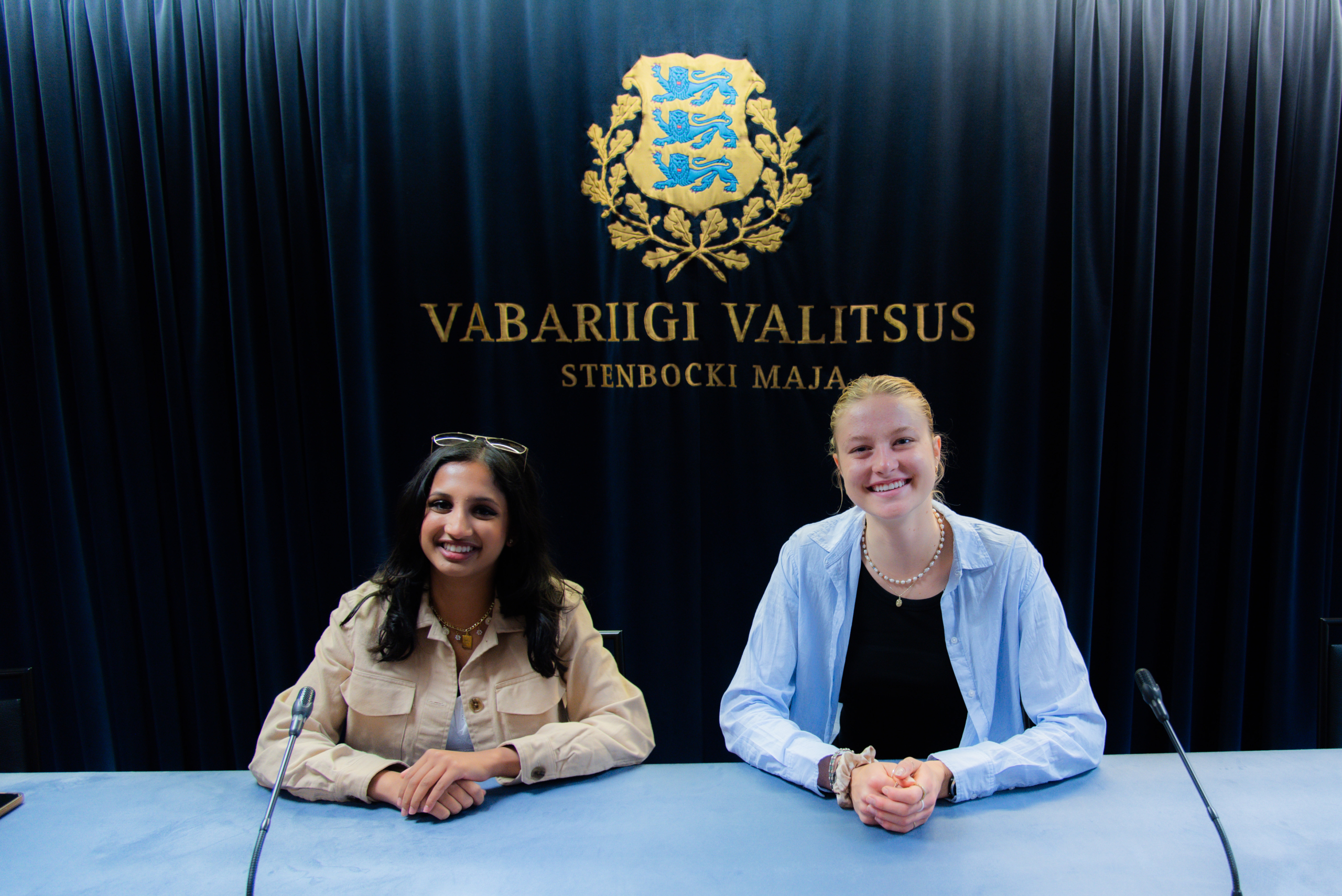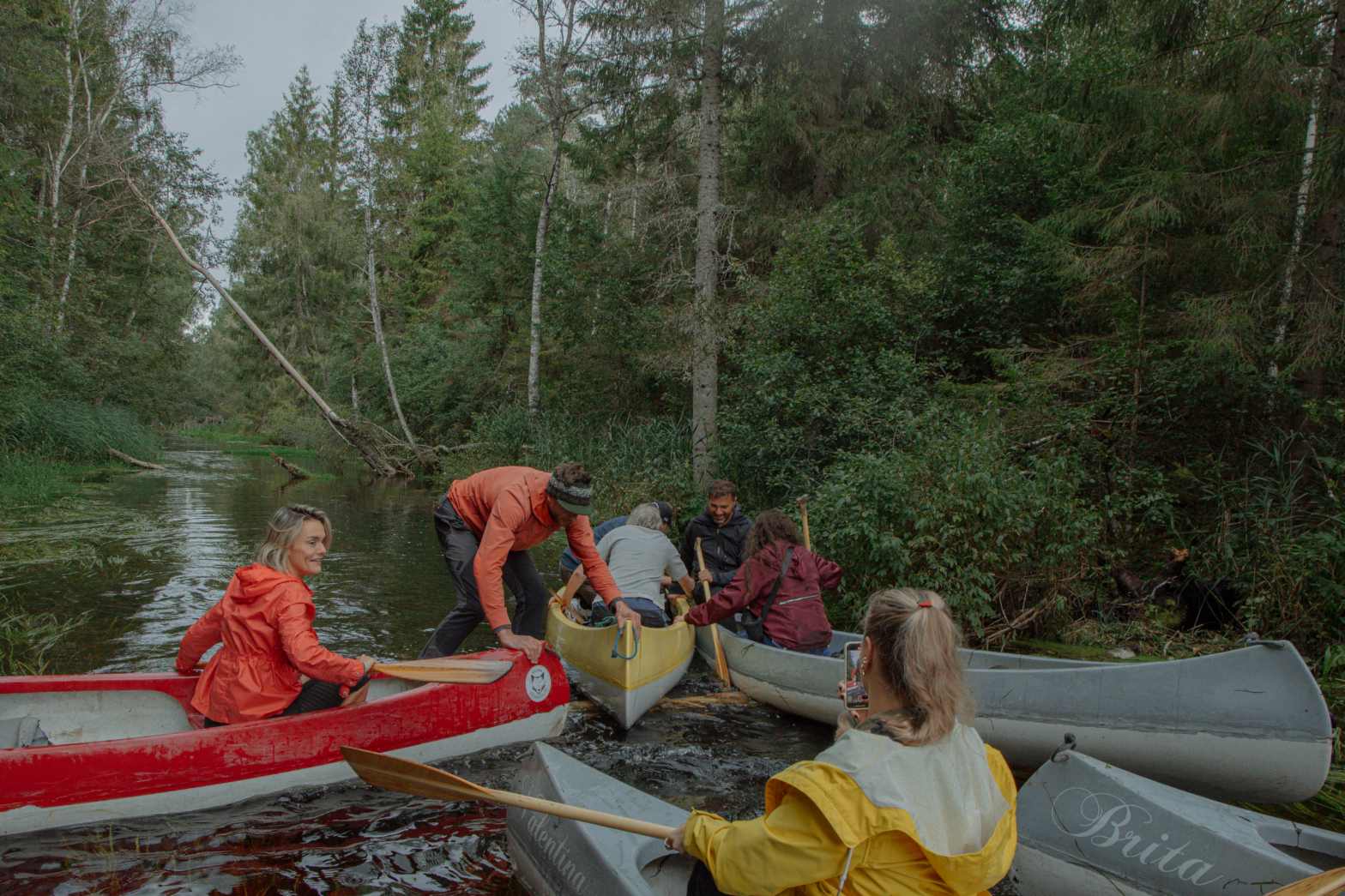What draws you to these topics?
I have always been interested in cities, especially European ones. My mother is from the Czech Republic. All my mother’s family still lives there, in the second largest city, Brno. Every summer that we could, my mom and I would go and visit them.
Spending time with my family and exploring the city together was always the highlight of my year. I have continued to visit Brno as I have grown up, and over time I have realized that this city that I love has many flaws.
The ghosts of the Soviet Union occupation of Czechoslovakia are evident in the Republic’s built form with its worn down, homogenous, paneled apartment complexes and its crumbling street infrastructure. Its history behind the Iron Curtain has an apparent influence on the contemporary culture and the disposition of Czechs as well, but that is a conversation for another day.
I have visited some other central/eastern European cities, like Vienna for example, and it often feels like you are stepping out of the past and into a whole new world, despite being just two hours from Brno. Comparatively, the cleanliness and the lack of quality public parks and spaces in Brno, amongst other things, is lacking. I still love the city dearly, imperfections and all, but I can clearly see the issues within Brno’s urban (and social) environment.
I believe it is ultimately the time that I have spent in Brno that has elicited my interest in urban life and design. I am curious in how historic European cities are implementing solutions to address the challenges they are actively facing (complicated histories, population growth, deindustrialization, work from home trends, climate protection, social issues, etc.) to increase the quality of urban spaces and life within them.
What value do you expect to gain for your studies and interests from your experience at the FinEst Centre?
I find the work that FinEst Centre is actively undertaking to be innovative and exciting, and I am thrilled to learn and develop from these projects and the people involved. I want to engage with larger-scale, and more dynamic and impactful research, and learn more about the creative projects and solutions that are being developed to tackle urban challenges and to approach climate neutrality targets within Europe.





